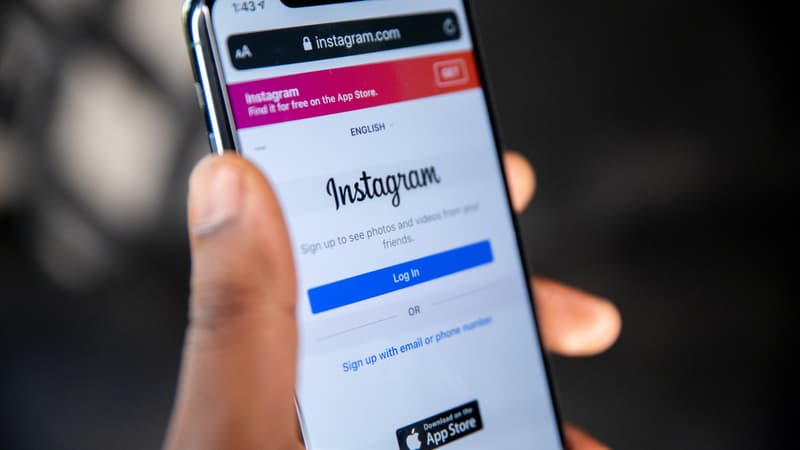The law is now clear for influencers: any publication within the framework of a paid association or an advertisement must be explicitly indicated as such. It is due to a lack of rigor on this point that several of them have recently been pointed out by the DGCCRF.
However, despite the very recent enactment of the new law, many influencers are doubling down on their imagination to lie low and simply avoid tagging their posts.
The discreet mention
Among the methods used, the addition of a particularly discreet mention. This is the case of this photo of the influencer known by the nickname “Jenesuispasjoli”, which indicates, almost white on white, the mention “service offered”. A clarification that in no way corresponds to the requirements of the law. However, Instagram has been offering an official label for commercial alliances of this type for several years.
Poupette Kenza, an influencer with nearly a million subscribers, is also a regular at slip-ups. In addition to being recently suspected of child neglect of her two young children, Kenza Benchrif, her real name, regularly sides with the illegality of her influencer activity.
Thus, in a Snapchat story from June 13, the young woman offers a 10% discount for a fast food brand, without mentioning a partnership or an advertisement. It is only in the following story that she indicates the hashtag #collaboration (which is also not correct according to the law), after a subscriber’s call to order in the comments.
Same story for one story, same day, for an optical brand, where the mention only appears a few times in dozens of stories. We see the young woman trying on glasses with her family, and coming out with various products.
true false arguments
Another sales method used: the “false” good arguments. Nathanya Sonia, for example, 758,000 subscribers on Instagram, praises the benefits of Nocibé products in a story, on the occasion of an event she attended (whose nature, if it is an association, has not been made explicit).
It indicates, in its arguments, that the products “are not tested” on animals: an attractive argument, but useless, since in the European Union, the sale of cosmetics tested on animals is simply prohibited.
A situation similar to the reproaches made by the DGCCRF to the influencer Capucine Anav, who had praised the absence of Bisphenol A in the teats of baby bottles while this substance is prohibited.
Subscribers on the lookout
However, followers of influencers are increasingly aware of these bad practices. In the comments of some of them, we can regularly see netizens thanking influencers for specifying the nature of an association.
Questioned, the Professional Advertising Regulatory Authority is clear on this point: “from now on, the law is clear. If it’s not written in black and white that it’s an advertisement, and that’s in all the corresponding publications, it’s an offense.” What previously might have seemed like a lack of education in this area is now clearly regulated by law.
“This mention is clear, legible and identifiable in the image or video, in all formats, throughout the promotion”, the text indicates in effect.
However, the Responsible Influence Observatory, produced and published by the Professional Advertising Regulatory Authority, has shown an increase in transparency on the part of influencers. Thus, 83% of the ads were mentioned as such in 2021, compared to 73% in 2020. Figures that, naturally, are destined to evolve with the new law that governs the practices of influencers.
Source: BFM TV


